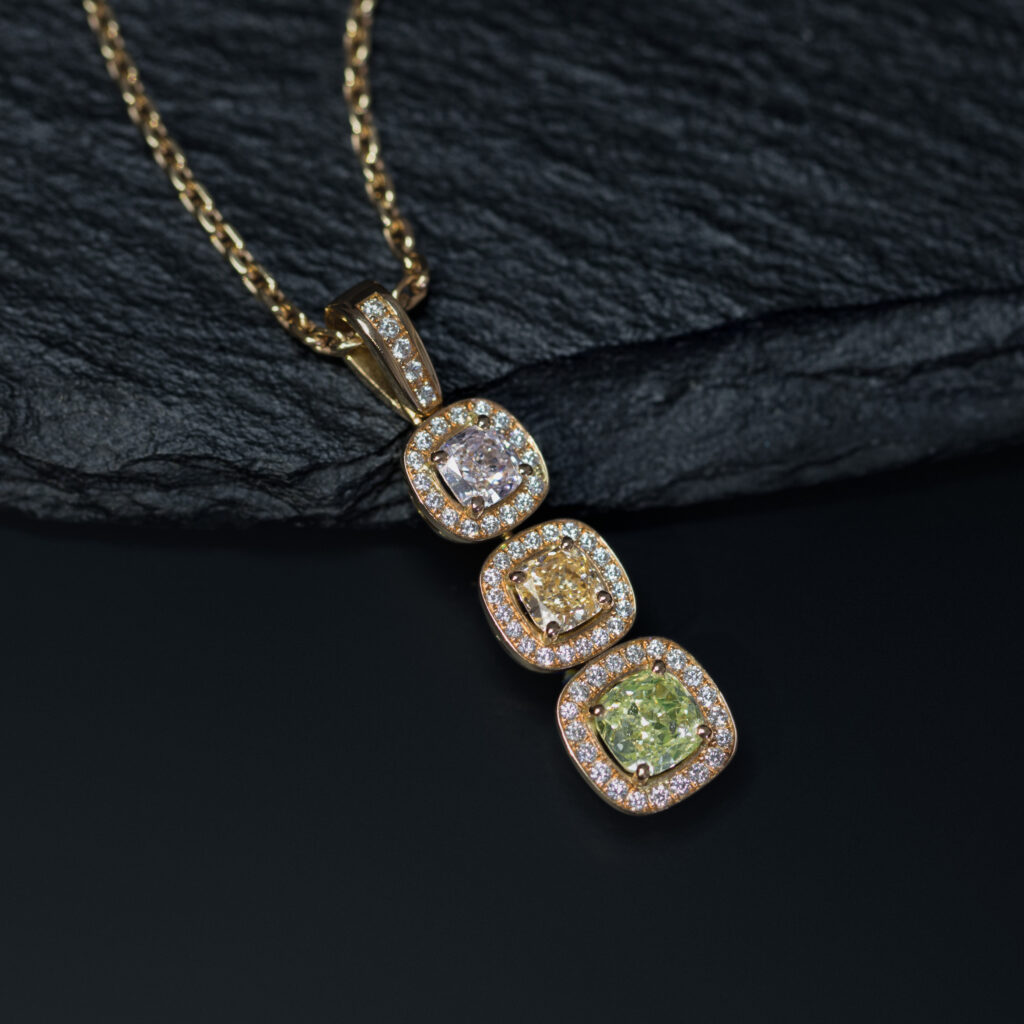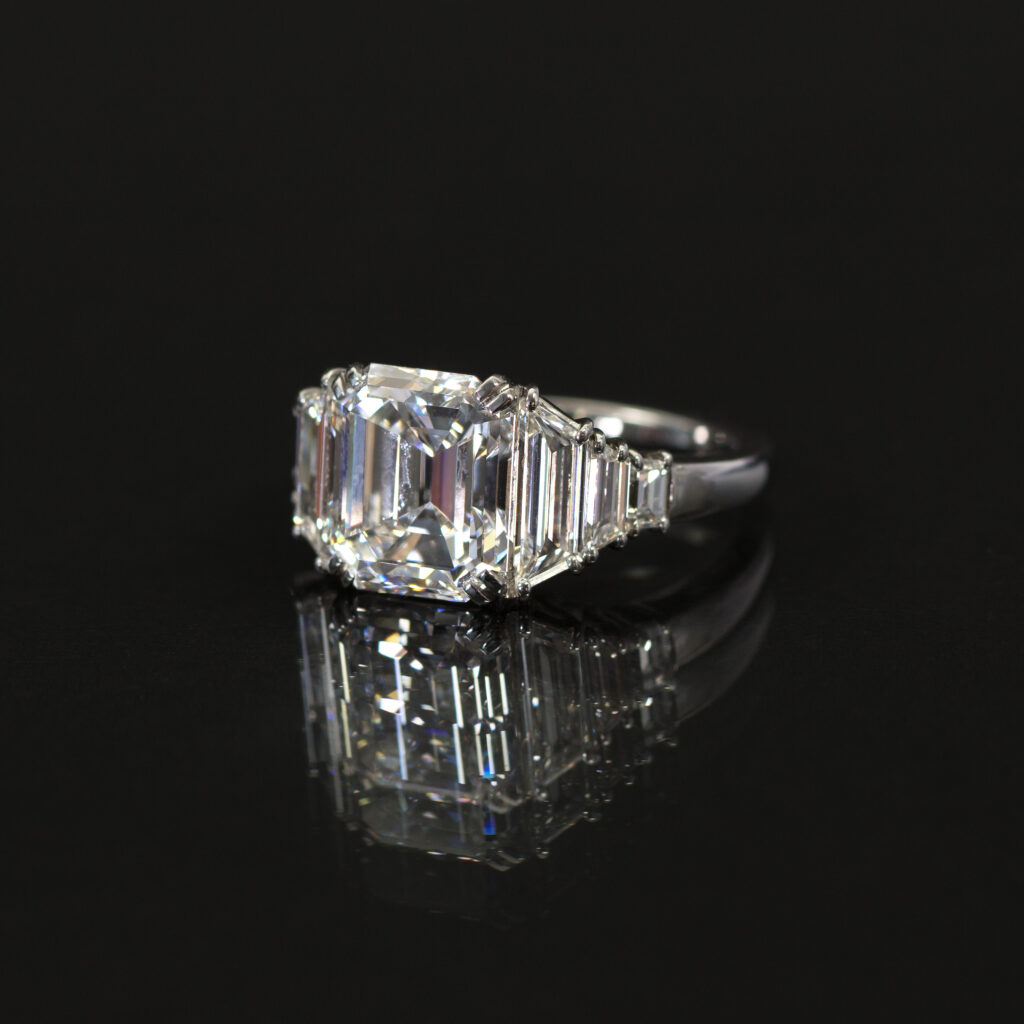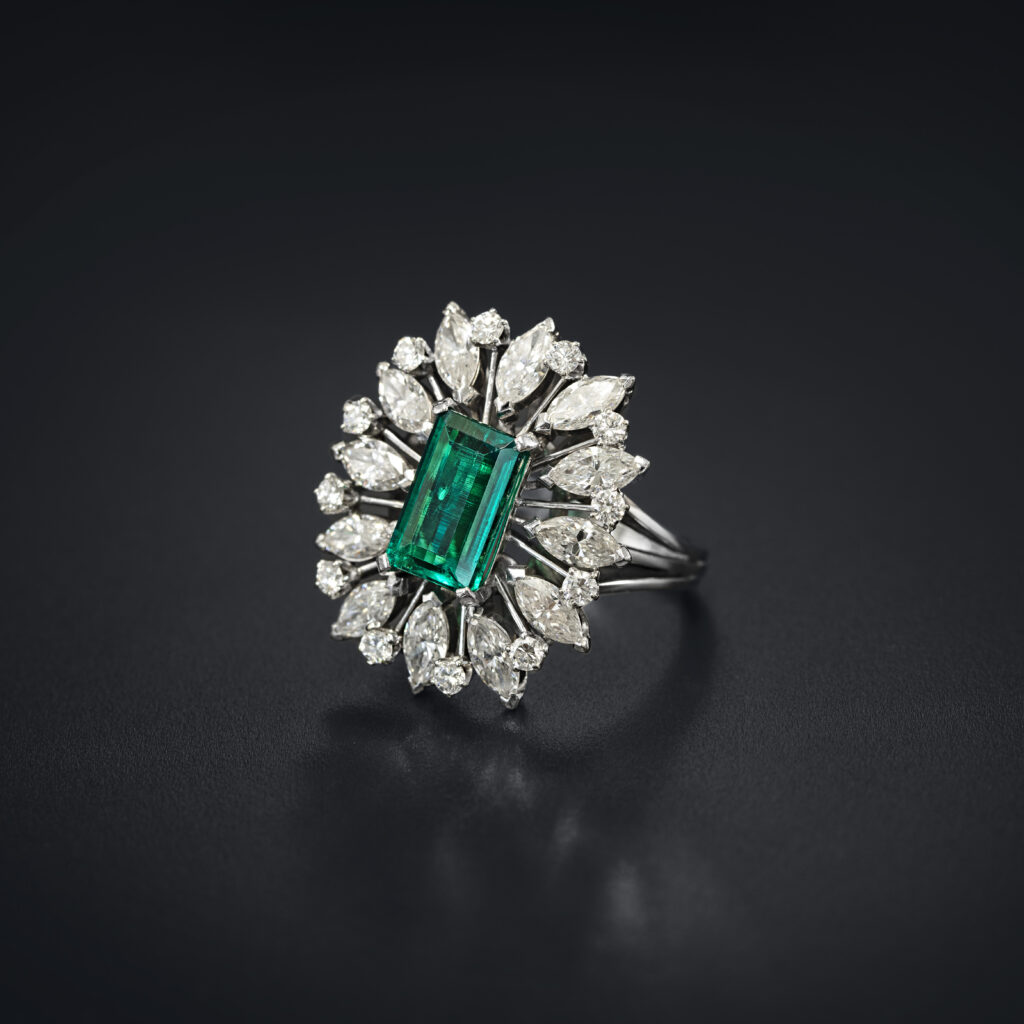Gemstone quality criteria
Judging the quality of a gemstone is as much a science as it is an art form. There are certain rules however, that remain ever constant. To some, the 4 C’s may be familiar, as they are often used in the judgement of diamond quality. Actually, these four criteria hold true even for coloured gemstones. After diving into these four classic quality criteria and discussing some differences between diamonds and coloured gemstones, we will introduce you to some additional factors that may determine the value of gemstones, particularly coloured ones.

Carat
Thousands of years ago, traders on oriental bazars developed a system to reliably measure the weight of the goods they exchanged to facilitate constant and fair pricing. For this, they used the seeds of the carob tree, famously of a very consistent size and weight, as a unit of measurement. This is where the modern weightage term carat comes from. Usually abbreviated ct, one carat weighs 0.2 grams. When a gemstone gets larger, assuming all other factors stay the same, its value increases, as larger gemstones are much rarer found in nature than smaller ones. This also means that a one carat gemstone is more expensive than two gemstones of 0.5 ct each together. Sometimes the karat, which is used to indicate the amount of pure gold in an alloy is confused with the carat. This unit of measurement, however, makes a statement about purity, rather than weight. A ring band that is made out of 18k gold does not weigh 3.6 grams but consists of 18 parts gold out of 24.

Cut
Gemstones are faceted for many reasons. Some cuts aim at enhancing the gem’s natural fire, others draw the eyes deep inside the precious stone and display their spellbinding colours. The quality of the cut therefore is one of the most important elements when judging the quality of the entire gem. Uneven facets or edges that do not align with each other can result in a dull appearance and seriously reduce the value of the gemstone.

Colour
The colour of a coloured gemstone is judged differently from the one of a colourless diamond. In diamonds, the discerning eye will make out small nuances that may greatly influence the value of the gem. The less colour is visible in the diamond, the more valuable it is. This, of course, does not hold true for so-called fancy diamonds, which come in various colours and are highly sought-after. Along with the colour, which is graded from D to Z in colourless diamonds, the fluorescence displayed by a gem can also negatively influence the value of the diamond.
In coloured gemstones, on the other hand, colours are, well, welcome. The hue, saturation and tone of the colour, are judged and may influence the value of the gem greatly. Even fluorescence, unwanted in diamonds, may have a positive influence on the gem’s value. There are certain colour terms sometimes given out by gemmological laboratories that are highly coveted by the trade beyond the normal colour denominations. Among them is the “pigeon blood red” colour for rubies as well as “royal blue” and “padparadscha” for sapphires.

Clarity
Like with the colour, the clarity of coloured gemstones is judged differently than the one of diamonds. Basically, clarity describes the relative absence of inclusions and blemishes in the gemstone. While diamond clarity is judged under tenfold magnification, the clarity of coloured gemstones is determined by the naked eye. While inclusions in diamonds and in coloured gemstones are generally unwanted, in the latter they may serve a special purpose. Skilled gemmologists can make use of inclusions in coloured gemstones to, in combination with other methods, determine the origin of the stone. This leads directly to the fifth quality criteria that applies to coloured gemstones but not to diamonds, their origin.

Origin
Other than diamonds, whose origins even today cannot be reliably reconstructed from the gemstone and its make-up, the science of gemmology allows highly trained individuals to determine where a coloured gemstone comes from with a high degree of certainty. Some of these origins, like Colombia for emeralds, Kashmir for sapphires and Burma (today’s Myanmar) for rubies have gained notoriety within the last centuries. Gemstones that have been proven to have originated from these places may often demand a price premium, making them more valuable than comparable gemstones from other locations.
Treatment
The last topic to cover when it comes to judging the value of a gemstone is the presence or absence of treatments. A gemstone counts as treated when it has been altered to improve any of its qualities by any other means than cutting or polishing. There are a few forms of treatment that are generally accepted by the trade as upwards of 90% of all gemstones receive these kinds of treatments. Heating the gem to low temperatures or filling particularly emeralds with oil or raisins count among these accepted forms of treatment. Anything beyond that, like the filling of gemstones with glass, diffusion treatment and dyeing, is generally not accepted by reputable dealers. Because most of the gemstones on the market today are at least treated in minor ways, untreated gemstones of the highest quality can demand a sizeable price premium. They are rare, even among other gemstones. Treatments in diamonds, like exposing the gems to extremely high pressures and temperatures or laser drilling is done much more rarely but generally accepted by the trade.